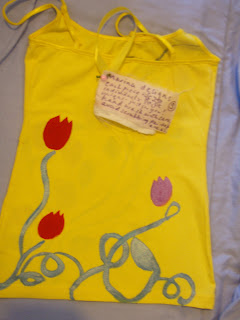
Today the Lincoln Center launched '1968: An International Perspective' - a two-week season of films either made in or looking back on the unique year that was 1968.
To kick off the proceedings, what better than to begin with Philippe Garrel's Les Amants Reguliers? Made in 2005, this is an achingly beautiful look back on 1968 Paris as lived by its disaffected youth.
It's a long movie - 172 minutes to be precise - and is filmed in a high contrast black and white. I instantly thought of Pasolini (who is referenced in the dialogue as it happens) or even Dreyer, whose Jeanne d'Arc takes on significance in Godard's Vivre Sa Vie (1962). Like Godard and Pasolini, Garrel is highly selective in his use of music, favouring a sporadic, gypsy piano accompaniment and just a smattering of contemporary songs (The Kinks' This Time Tomorrow a particularly apt choice) played in the diegetic space. This contemplative, expressionistic-yet-realist style is fitting for its themes of philosophising and revolution-making. Just as Pasolini was a committed Communist and believed strongly in art's power to change society, Garrel's protagonists hope to attain something better, something more meaningful, through militant action and through art. Do they achive it, though? The length of the film pushes us to question this. Following the smoke, action and frenetic energy of a long, early sequence portraying a scuffle with the police at the Barricades, the marjority of the film follows the youths haplessly moving from one sedentary meeting to another, smoking opium, making love, and discussing art, marxism and revolution. But with May's events fading into the past, all the youths are left with is a memory, a trace.
The expressive poetry of Baudelaire and Musset is woven into the dialogue, intensifying the feeling of a failed revolution and soul-searching. And who better to play the part of the modern-day poet, than Louis Garrel? Son of the filmmaker, Louis’ Grecian profile and dark curly locks make him the perfect candidate for the literary figure in the group, reciting the French Romantic poets and writing his own musings. His presence in the film may be reason enough to go and see it, but there are far more. Contemplative and nostalgic at once, Garrel’s film leaves us to consider the events of 1968 without dictating our judgment. Just like the older family members portrayed briefly in the film, the director’s voice remains withdrawn, as he stands back and observes the young protagonists with fascination, detachment and a silent understanding.
...Oh, and thought I might just add that I met Louis Garrel back in March, following a screening of Christophe Honoré's Chansons d'Amour at the Brooklyn Academy of Music. To borrow from another Kinks song, you could say I was 'Starstruck'. But who wouldn't be?
























